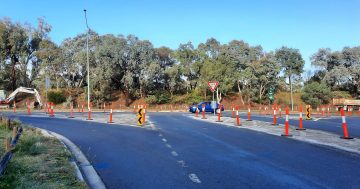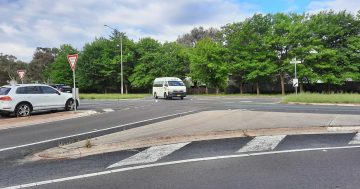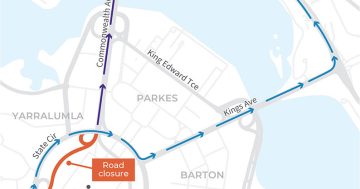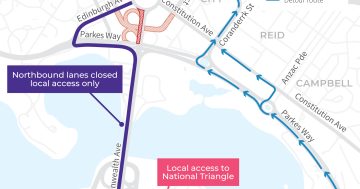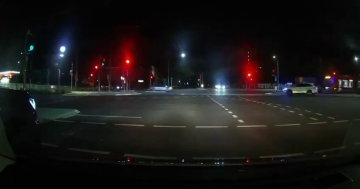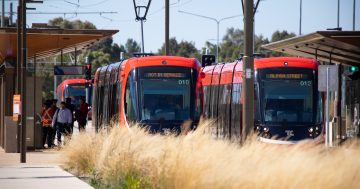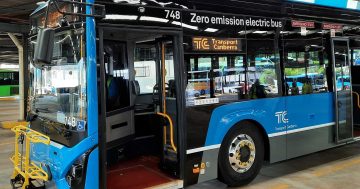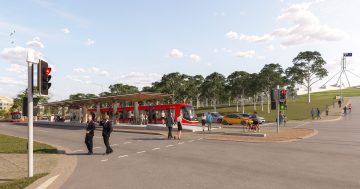I just drove from Harrison to Belconnen. I hopped down the GDE, stopping at every intersection for a red light. Then I stopped at every intersection on Gininderra Drive, then I stopped at every intersection on Coulter. By the end, I was getting the right royals, I don’t mind telling you. I’m not generally prone to road rage, but honestly!
It got me thinking about the light phasing. In Sydney, there’s a system called SCATS which manages the phasing of traffic lights to maximise the even flow of traffic. I’m guessing we don’t have anything like that in Canberra.
While Canberra doesn’t have anything like the congestion problems that Sydney has, there have been so many times where the shocking light phasing seems to stuff up the traffic. As I was watching all the cars around me stop every 15 seconds or so, even though the traffic was light, it made me wonder how much extra fuel is being wasted, and how much more carbon is therefore emitted, simply by poor phasing of traffic lights.












